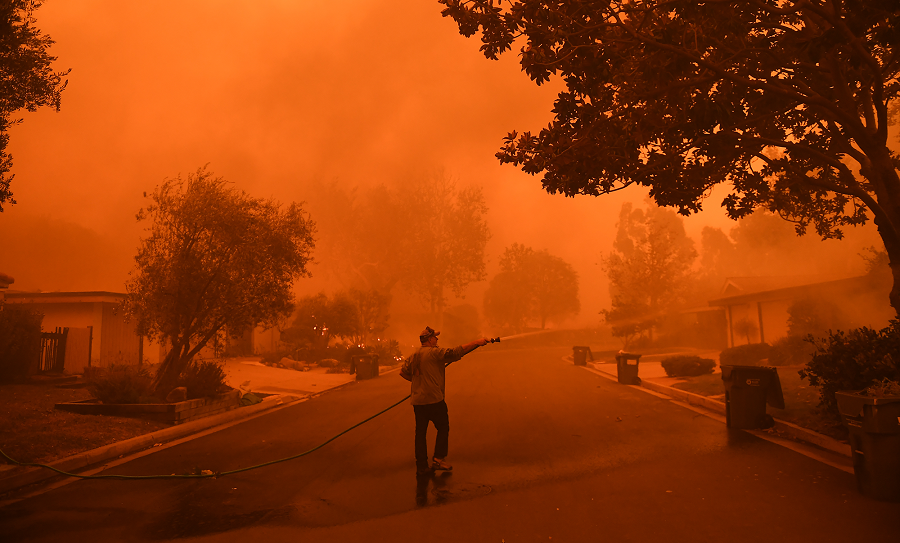In Short: A recent study has found that Atlantic hurricanes are intensifying faster due to climate change. Rising sea surface temperatures provide more energy to fuel hurricanes, leading to rapid intensification. This phenomenon poses increased risks to coastal communities, emphasizing the urgent need for climate mitigation efforts and resilient infrastructure to adapt to the changing climate.
In Detail : Atlantic hurricanes are now more likely to quickly strengthen from weak storms than during the 1970s and 80s, according to new research published Thursday, which warned of an increasing risk to coastal communities.
Scientists say human-caused climate change is creating the conditions for more powerful storms that intensify more quickly, carry more water and generate bigger storm surges, although more research is needed to ascertain if it is also making hurricanes more frequent.
Higher ocean surface temperatures are a key fuel for hurricanes, and these have warmed substantially in recent years as the world’s seas have absorbed more than 90 percent of the excess warming from carbon pollution.
The new study, published in the journal Scientific Reports, suggests that all Atlantic storms – from weaker squalls to ferocious hurricanes – are now intensifying faster on average.
“This work shows that the rates at which hurricanes strengthen, and the frequency with which they transition from relatively weak storms into major hurricanes, has significantly increased in just the last 50 years,” said author Andra Garner, of Rowan University in the United States.
She added this was “over the same time when we see substantial increases to ocean surface temperatures due to human-caused warming.”
Garner analysed how the wind speed changed over the lifespan of every Atlantic hurricane between 1970 and 2020, during three overlapping time periods: 1970 to 1990, 1986 to 2005, and 2001 to 2020.
It found that Atlantic hurricanes may now be more than twice as likely to strengthen from relatively-weak Category 1 into a major Category 3 hurricane or stronger in a 24-hour period than in the 1970s and 80s.
Garner said this raises particular concerns for coastal communities because the faster a storm intensifies, the more difficult it is to forecast.
She noted that four of the five most economically damaging Atlantic hurricanes have occurred since 2017 – Harvey, Ian, Maria and Irma – and all had undergone this type of rapid strengthening.
While the study did not specifically look at how hurricanes might intensify further as global warming continues, Garner said the findings “should really serve as an urgent warning”.
“Without major changes in our behaviour, and a rapid transition away from fossil fuels in order to limit future ocean warming, this is a trend that I think we can expect to continue becoming more extreme,” Garner said.
The study found that the fastest-strengthening hurricanes were more likely to be off the US Atlantic coast and in the Caribbean Sea, and less so in the Gulf of Mexico.
In July this year a buoy off the southern tip of Florida recorded a peak temperature of 101.1 degrees Fahrenheit (38.4 Celsius), readings more commonly associated with hot tubs, and a possible new world record.

